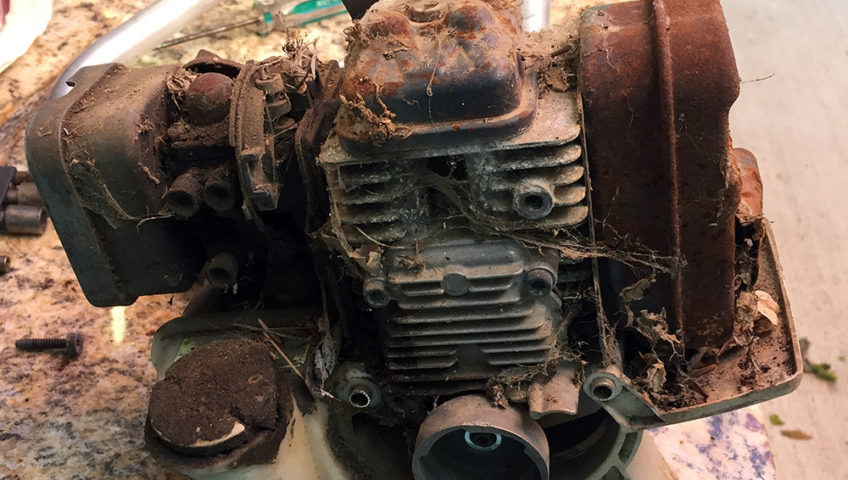
Oil Change Rule: Match SAE Viscosity to the Weather
If you own a small engine—be it a trusty lawnmower, a powerful pressure washer, or a reliable generator—you know the key to longevity is proper maintenance. While keeping the fuel fresh is important, the lifeblood of your engine is the motor oil.
Walk into any hardware or auto parts store, and the wall of oil bottles can be overwhelming. The most crucial decision you’ll face is choosing the correct SAE viscosity. Getting this right is the cheapest insurance you can buy for your machine.
READ MORE



